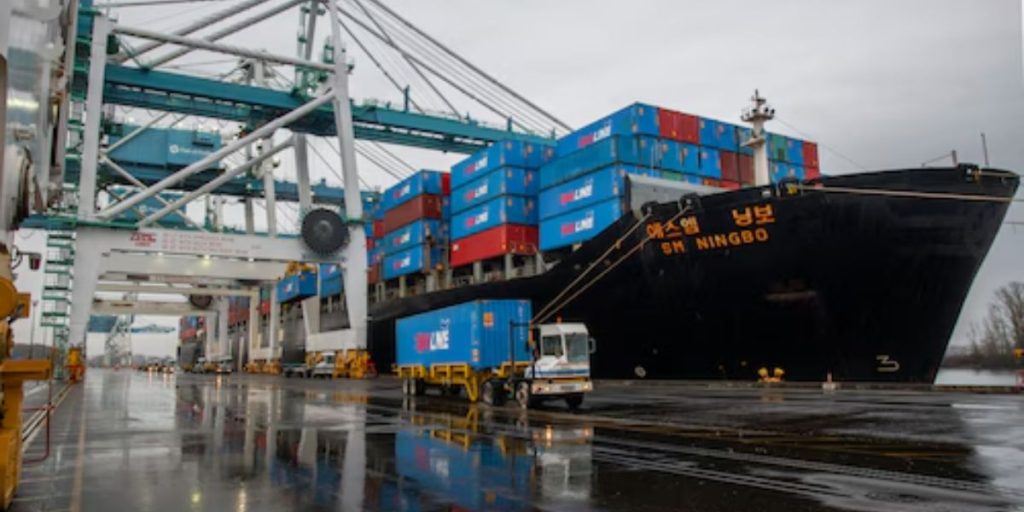The Port of Portland, Oregon’s only ocean seaport, warned shippers Wednesday that it will cease container operations on October 1. Volumes soared during the pandemic as smaller, regional ports served as an alternative to congested larger seaports, but when the sector returned to normal volumes, Portland’s financial losses grew.
Keith Leavitt, the port’s executive, wrote to shippers that they had opted to cease the operation after negotiations with a potential third-party operator fell through last week. He stated that they did not foresee this outcome, but that without an operator, rising financial losses, and a lack of public financial backing, container operations had to be suspended. The port will continue to handle RoRo car and vehicle traffic, as well as break bulk and large goods.

The port blamed fixed expenses, claiming that they made it harder to expand container service and more expensive for shippers utilizing the port. They had hoped for a larger operator that could spread costs across multiple operations. They stated that, while volumes have consistently climbed since 2019, the port has lost more than $30 million in container operations over the last three years, with a predicted $14 million shortfall this year.
While Terminal 6 includes berths for five ships and seven container cranes, including four Panamax cranes, port officials admit the facility “faces a number of unique challenges.” It is more than 100 miles from the ocean, and the Columbia River has insufficient depth to allow huge ships. Furthermore, they stated that it is a limited consumer market, which was exacerbated by the loss of a rail service partner, BNSF, which provided a connection to Seattle and Tacoma.
They warned that suspending container operations would be especially challenging for the agricultural and seafood sectors that use the port. They will have to transport products through other ports, increasing costs. Container operations provided up to 1,500 jobs in the region.
As recently as last month, port executives were optimistic about maintaining the container operation. They had requested $10 million in state funding but reduced it to $8 million after meeting with carriers who agreed to assist with the program. The intention, however, was to establish a long-term lease with a third-party terminal operator.


This is not the first time the port has encountered issues with its container operations. It signed an agreement with ICTSI to operate the container terminal in 2010, but the company became entangled in a long-running labor conflict. The labor slowdown started in 2012, and by 2015, vessels were fleeing the port. In 2017, ICTSI pulled out of Portland.
The International Longshore and Warehouse Union (ILWU) declared bankruptcy in 2023 owing to the disagreement but negotiated a settlement agreement with ICTSI in 2024.
The port took on responsibility for container operations. They resumed container operations in 2020, with an arrangement with SM Line.
Lawmakers failed to add financial support to the state’s new budget, but they did leave the door open for future conversations. Port authorities stated that they are still searching for future solutions, but they do not now have the funds to continue operations.